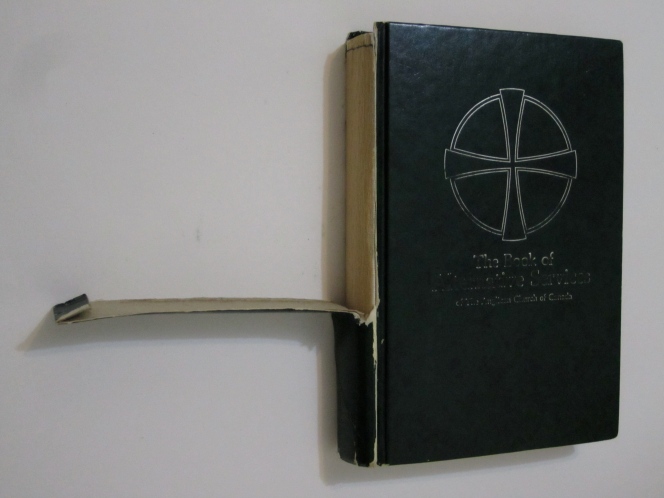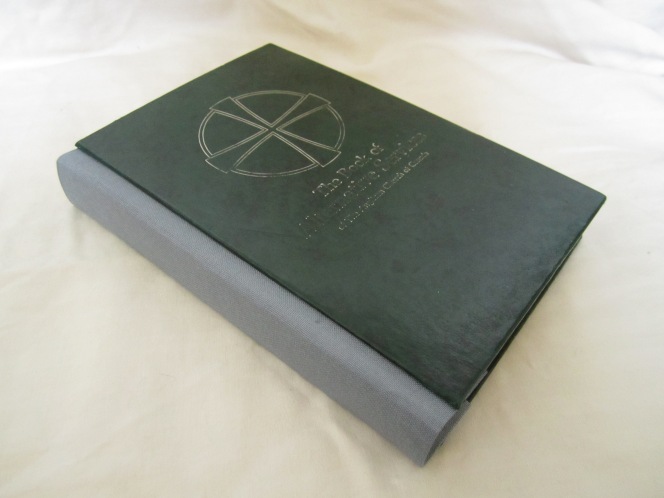We threw our tiny tree out last weekend and I couldn’t help but feel a little sad to see it there on the curb in the snow. It was my first real X-mas tree and though I have honestly never had the desire to get one, I was unbelievably comforted by its smell and its presence and the tiny heads and lights that decorated it and mostly the fact that it made me feel like some kind of new tradition took place and it felt so lovely. (ruuuuuunnnn onnn sentence)
The transition to into this new year has been heavily marked with the presence of family and friends, too many movies and eating things I am allergic to, and of ice skating on the Commons here in Halifax. Although I have found it incredibly hard to get myself re- motivated as of late (which the yucky cold/cough I’ve had for the past week was not helping), my mind is always buzzing with new ideas (that I dont write down and forget immediately upon working) and plans for the year to come.
Something I feel like I have gotten away from a bit in the past few months is the repairing of books. It seems once something like a craft show comes around, everything else goes to hell and I concentrate on producing and nothing else. But really, one of my favourite things is to take an old book and make it new again. I think I have taken a unique stance on book repair in that, although I can make a book completely usable and sturdy again, I do not restore the book back to it’s original state. Here is an example:
This is one of many hymn books I have repaired for a friends church. The spines have mostly just started to deteriorate over time but the covers are overall in OK shape. Basically, what I try to do is to re-use as much of the old book as possible while adding in some new elements to make the book look new and unique. Generally I use the type of separated spine binding that I use a lot in my hand made books. I like this binding because you can add in a lot of different materials and it works well for what I do. It’s also a pretty unique look and adds a bit more dimension to a book. Here is the finished product:
My partner and I were talking the other day about this 19th century architect named Eugene Vilolet-le-Duc and how he viewed the process of restoration. He said “To restore a building is not to repair it, nor to do maintenance nor to rebuild, it is to reestablish it in an ultimate state that has never existed before”. This is exactly my take on book repair (*and also why I only repair books of practical use or sentimental value!). Rather than taking a broken book and making it exactly as it once was, I am adding to the history of the book, marking it’s restoration with a contemporary look and adding to the overall story of the book.
In case you were wondering 🙂
Basically what I am trying to tell you is that I want to fix all your broken books…
*why I don’t repair books worth tons of money- this kind of repair will significantly de-value the book! But it will only make your sentimental book/ practical use book even cooler



